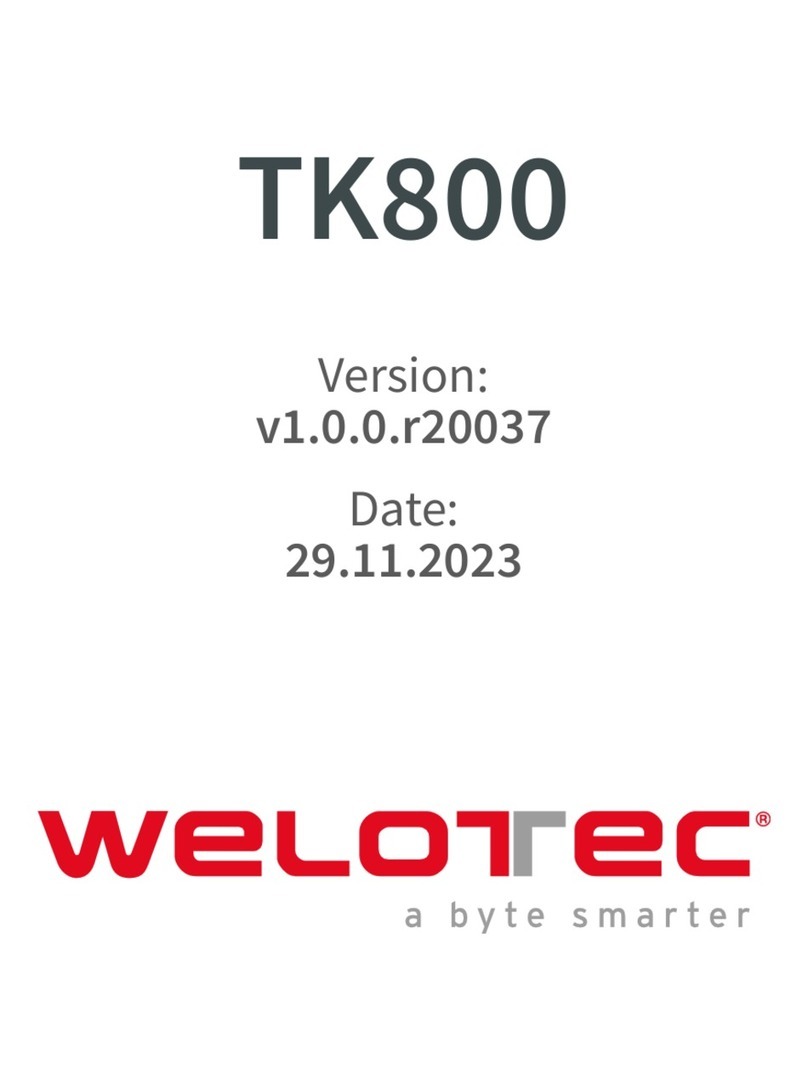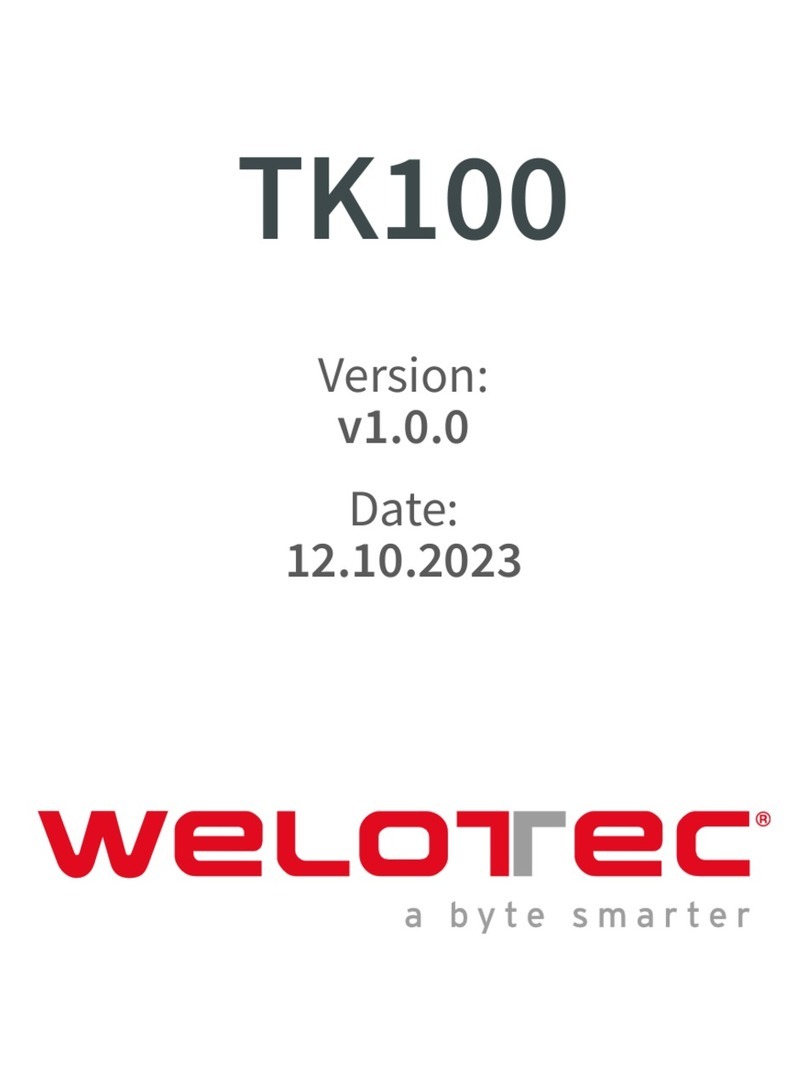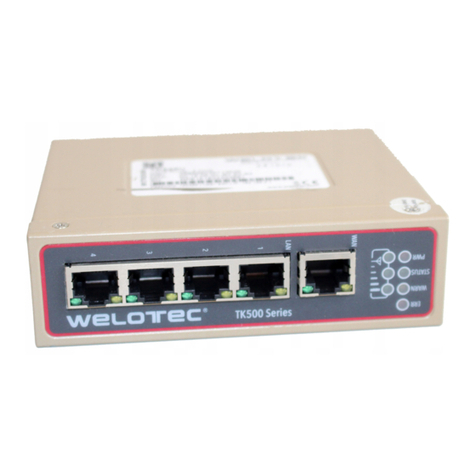
Contents
1 Preface 2
1.1 Panel................................................... 2
1.2 StructureandDimensions........................................ 3
2 Installation 4
2.1 Precautions: ............................................... 4
2.2 Installing and Uninstalling the Device on a DIN‑Rail . . . . . . . . . . . . . . . . . . . . . . . . . . 4
2.3 InstallingaSIMCard........................................... 5
2.4 InstallinganAntenna .......................................... 5
2.5 InstallingthePowerSupply....................................... 6
2.6 Installing the Ground Protection . . . . . . . . . . . . . . . . . . . . . . . . . . . . . . . . . . . . 7
2.7 ConnectingtheNetworkCable ..................................... 7
2.8 ConnectingTerminals.......................................... 8
3 Configuring Network Connection 9
3.1 Connectingtotherouter ........................................ 9
3.2 Loggingintotherouter ......................................... 10
3.3 NavigationBarOperations ....................................... 10
3.4 Overview................................................. 11
3.5 Network ................................................. 11
3.6 EdgeComputing............................................. 24
3.7 System.................................................. 27
3.8 Advanced................................................. 32
4 FAQ 37
4.1 How Do I Restore Factory Settings Through Hardware? . . . . . . . . . . . . . . . . . . . . . . . . 37
Welotec GmbH
Zum Hagenbach 7
48366 Laer
www.welotec.com
info@welotec.com
+49 2554 9130 00 Page 1






























